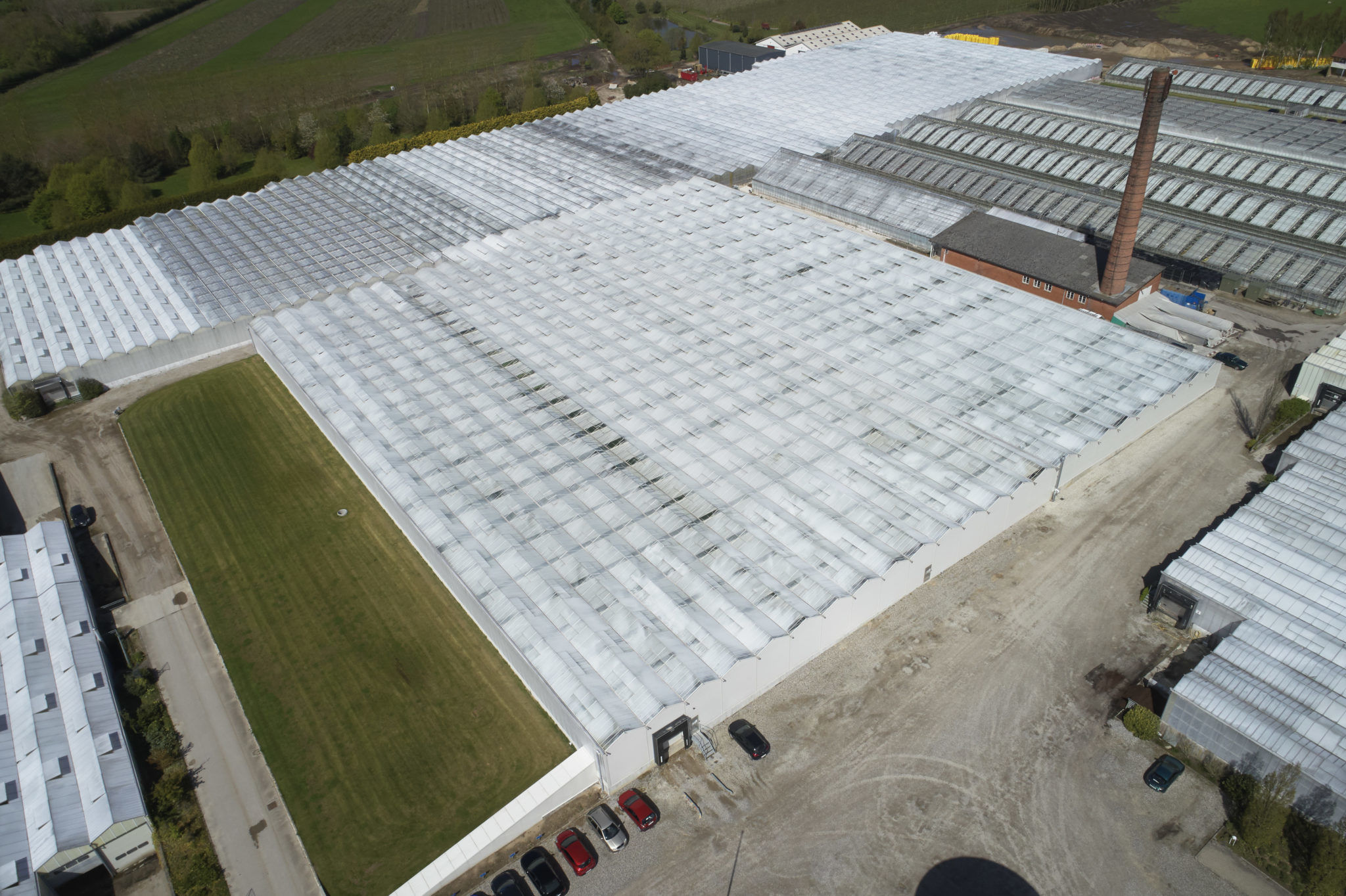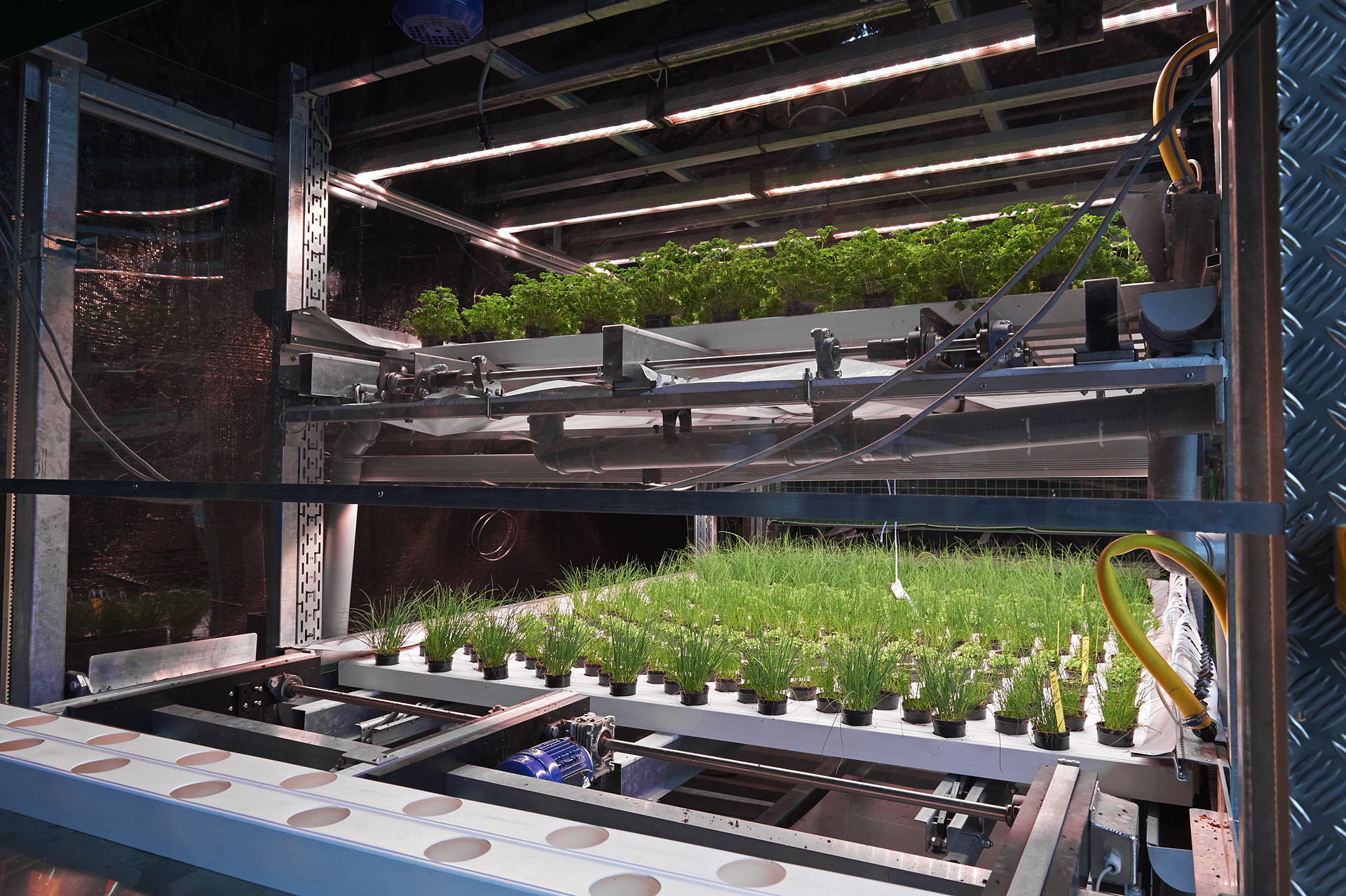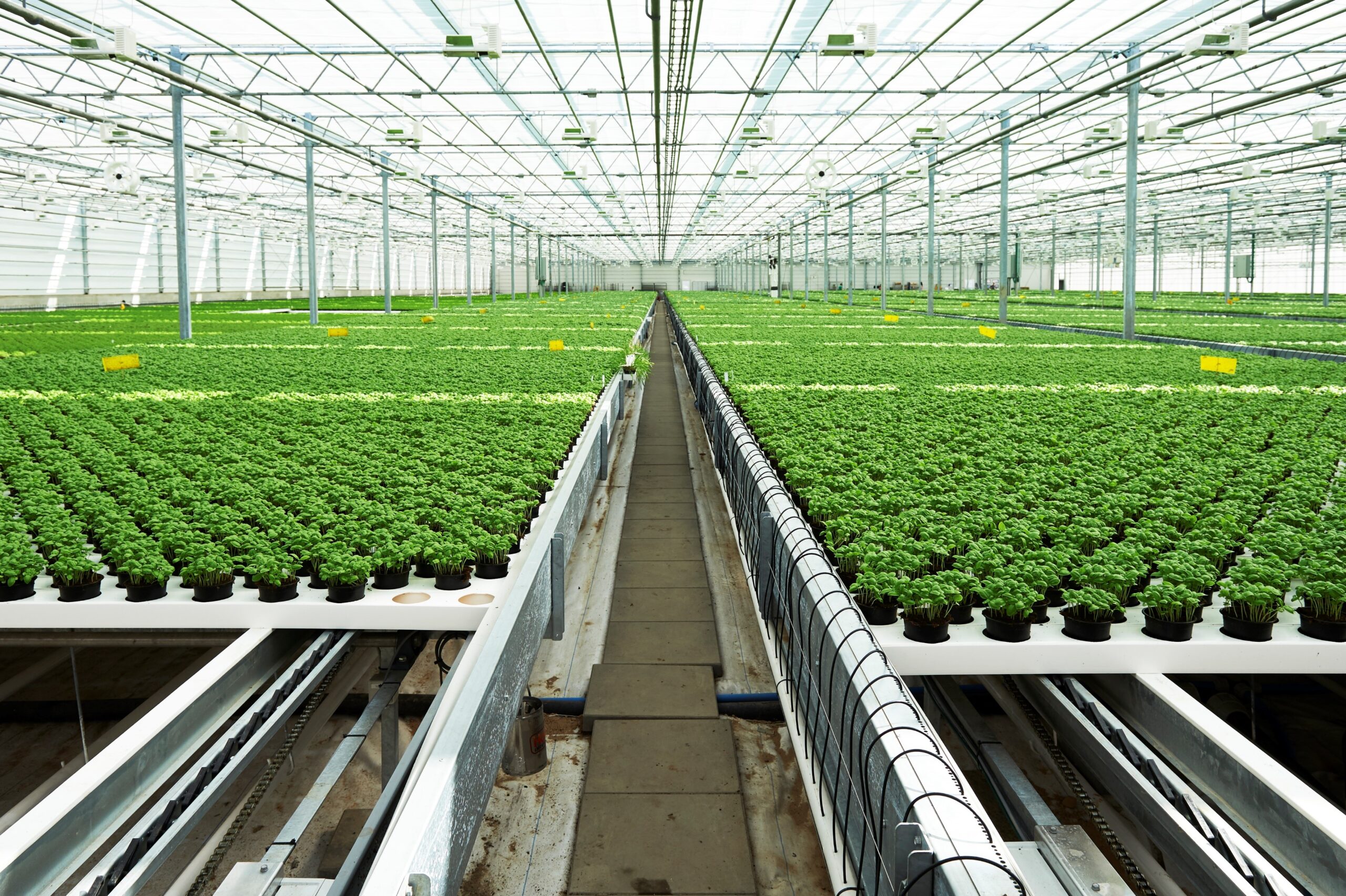Indoor Farming: Exploring Modern Techniques and Innovations
Indoor farming, also known as Vertical Farming, Horizontal Farming, Controlled Environment Agriculture, or Urban Farming, has existed in its current form for roughly 20 years.
However, indoor farming is not a new concept. Greenhouse farming has been practiced for a long time, and Viemose DGS has been involved in the industry for over 75 years.
Modern indoor farms possess several unique characteristics that set them apart from traditional farming techniques, making them more efficient and reliable. In this article, we will explore the various forms of indoor farming and discuss their advantages over traditional farming methods.
What is Indoor Farming?
The simplest explanation is that indoor farming is the practice of growing crops inside a building structure such as a greenhouse, basement, warehouse, or unused industrial building.
Indoor farming does not rely on heavy machinery like tractors and generally consumes less water than traditional outdoor farming. Instead, it utilizes advanced technology, such as fully automated benches and engineering machines, to grow crops indoors.
Although growing plants inside a building, such as a greenhouse, is common, cultivating leafy greens on a small scale is more similar to gardening. What differentiates it from indoor farming is the much larger scale of operation.
Advantages of Indoor Farming
One of the biggest advantages of indoor farming is the ability to optimize the growing process for higher yields. Indoor farming eliminates the risks associated with outdoor farming, such as droughts, storms, and insect infestations.
Instead, growers can control every aspect of the environment, including the precise amount of light plants receive. Additionally, indoor farming often uses significantly less land and water than traditional farming, making it more efficient and reliable.
Indoor farms can also reduce the carbon footprint associated with transporting food over long distances by bringing production closer to consumers. Furthermore, advanced technology and automation in indoor farming can lead to lower labor costs and increased efficiency.

The Different Types of Indoor Farming
Indoor farming includes several types, each with unique approaches and benefits. Here is a short overview of these methods:
- Vertical Farming: This method involves stacking layers of crops vertically, often in multi-story buildings or specially designed structures. Vertical farming maximizes space efficiency and allows for high-density crop production in urban areas.
- Horizontal Farming: In contrast to vertical farming, horizontal farming spreads crops out over a single level. This method can be implemented in large indoor spaces like warehouses, utilizing broad, flat surfaces for planting.
- Controlled Environment Agriculture (CEA): CEA involves managing all aspects of the growing environment, including temperature, humidity, light, and nutrient levels. This high level of control leads to optimal growing conditions, resulting in higher yields and better-quality produce.
- Urban Farming: Urban farming integrates agricultural practices into urban environments, utilizing available spaces such as rooftops, vacant lots, and unused buildings. This type of indoor farming aims to provide fresh, local produce to city residents and reduce the food supply chain’s carbon footprint.
Each of these types of indoor farming leverages technology and innovative practices to improve efficiency, reliability, and crop quality.
What is Vertical Farming?
Vertical farming is an innovative agricultural method that involves growing crops in vertically stacked layers, often within multi-story buildings or specially designed structures. This approach maximizes the use of space, making it particularly suitable for urban environments where land is limited.
Vertical farming systems typically employ hydroponics, aeroponics, or aquaponics, which are soilless methods that use nutrient-rich water or mist to nourish the plants. In Vertical Farming, artificial lighting, such as LED lights, supplements or replaces natural sunlight, allowing for year-round production regardless of external weather conditions.
Environmental factors such as temperature, humidity, and CO2 levels are meticulously controlled to create optimal growing conditions. This high level of control not only enhances crop yields but also improves the quality and consistency of the produce.

What is Horizontal Farming?
Horizontal Farming is a method of indoor cultivation where crops are grown across a single level rather than stacked vertically. This approach is often implemented in large indoor spaces like warehouses or greenhouses, utilizing broad, flat surfaces for planting. One common feature of horizontal farming is the use of a Moving Gutter System.
Horizontal farming offers several advantages. It provides ample space for plant growth and allows for the cultivation of a wide variety of crops. The Moving Gutter System helps optimize resource usage by delivering water and nutrients directly to the plants’ roots, minimizing waste and ensuring uniform growth.
Additionally, Horizontal Farming can be adapted to various indoor environments, making it a flexible and scalable solution for indoor agriculture.
What is Controlled Environment Agriculture?
Controlled Environment Agriculture (CEA) is an advanced farming technique that involves creating optimal growing conditions for crops by meticulously controlling environmental factors like temperature, humidity, light, and CO2 levels. This method allows farmers to cultivate crops indoors or within protected structures such as greenhouses, ensuring precise control over the growing environment.
CEA encompasses various farming approaches, including both vertical and horizontal farming. Regardless of the specific approach, CEA relies on advanced technologies such as climate control systems, artificial lighting, and hydroponic or aeroponic growing systems.
By integrating vertical and horizontal farming into controlled environment agriculture, growers can produce a wide range of crops efficiently and reliably, regardless of external weather conditions or space limitations.

What is Urban Farming?
Urban Farming refers to the practice of cultivating crops within urban areas, often in unconventional spaces such as rooftops, vacant lots, or repurposed buildings. It aims to produce food locally, close to the consumers, reducing the distance food needs to travel from farm to table and promoting food security in cities.
Urban Farming, with its incorporation of Vertical Farming Systems and Moving Gutter Systems, represents an efficient and innovative approach to food production in urban areas. It not only provides fresh, locally grown produce to urban residents but also contributes to community engagement, green space utilization, and the revitalization of urban landscapes.
Future of Indoor Farming
It is clear that these new farming methods have great potential to change agriculture and tackle the challenges of modern food production. Each method, from vertical farming’s efficient use of space to horizontal farming’s flexibility and the precision of controlled environment agriculture, brings unique benefits that help create a more efficient and resilient food system.
At Viemose DGS, we are proud to lead this agricultural shift, drawing on over 75 years of experience to offer customized solutions for today’s growers. Whether you are an experienced grower looking to improve your operations or a newcomer to indoor farming, we are here to guide you every step of the way.





